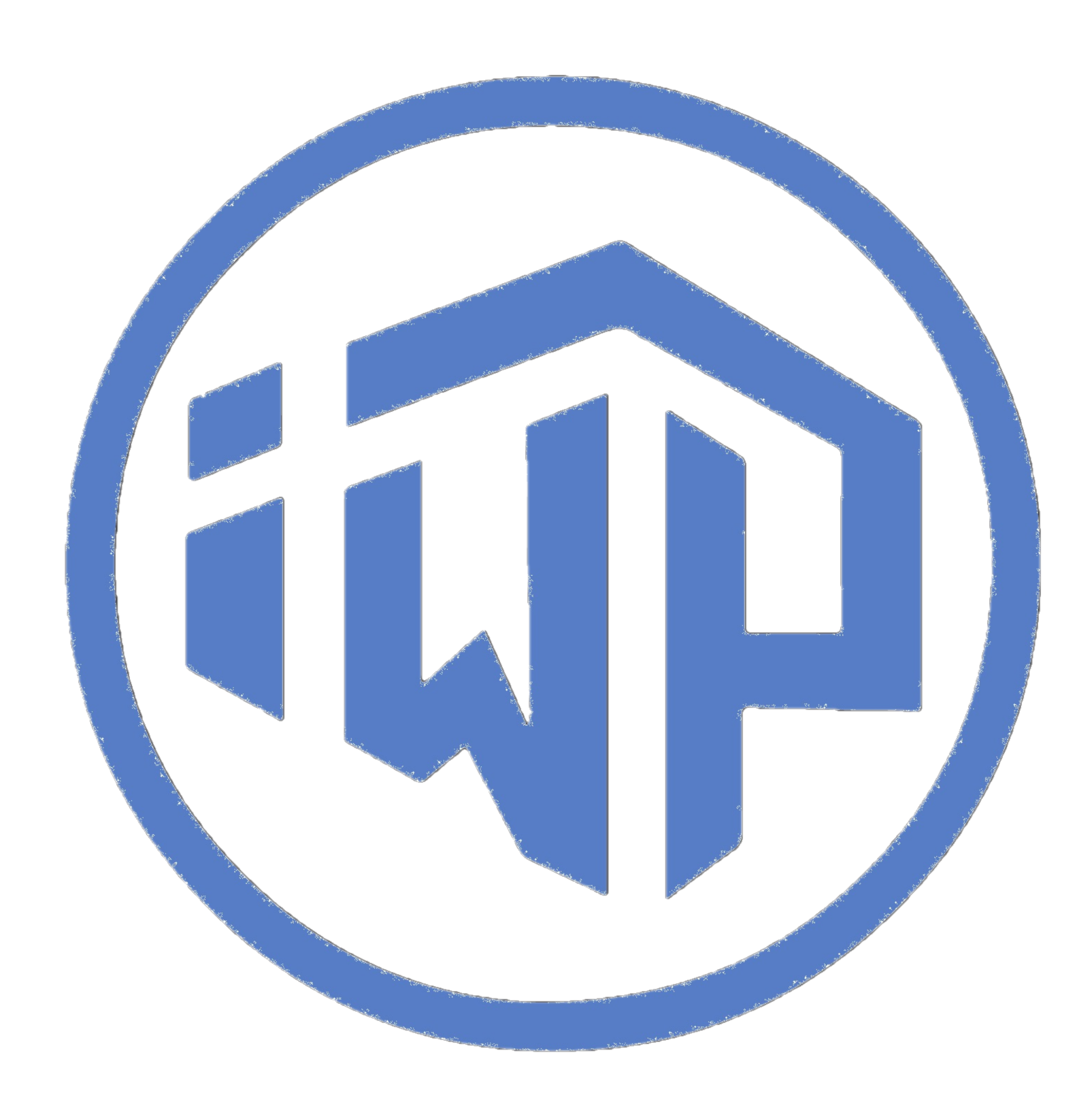A Business Auto Policy can be customized to meet the specific needs of your business. It is important to review your coverage regularly to ensure that it is up-to-date and provides adequate protection for your business.
To get a Business Auto Policy Quoted, we need to complete an Acord Application which will ask for the following information.
Insurance policies and coverage vary by company and policy form. Always review your policy for specific details. If you have questions or need clarification, consult a professional insurance advisor. The information provided on this website is for general informational purposes only and is not intended to be professional, financial, medical, or legal advice. If you require advice on a specific issue or problem, it is recommended that you seek the guidance of a licensed professional or attorney. This website and its content should not be relied upon as a substitute for such professional advice.
Business Auto Insurance Policy (BAP) provides coverage for a company’s use of cars, trucks, vans, and other vehicles in the course of carrying out its business. Coverage for vehicles can be for those owned by the company, hired by the company, or employee-owned vehicles used for business purposes. Here, we’ll dive into the details and technicalities of the coverages typically outlined in the Insurance Services Office (ISO) Commercial Lines Auto Policy, with a focus on standards commonly applied nationwide.
Physical Damage Coverage is divided into three main parts:
Comprehensive Coverage: This pays for damage to your vehicle from theft, vandalism, flood, fire, and other covered perils, except collision.
Collision Coverage: This pays for damage to your vehicle when it hits, or is hit by, another vehicle or object.
Specified Perils Coverage: Covers losses from perils listed in the policy, such as fire, hail, or vandalism.
Covers medical expenses for the driver and passengers in your vehicle incurred due to an accident, regardless of fault. PIP may also cover other costs like rehabilitation, lost earnings, and funeral expenses.
Provides protection when an at-fault driver has no insurance, or insufficient insurance, to cover the bodily injury or property damage they caused to you or your passengers/vehicle.
Several endorsements can be added to customize the BAP to the business’s needs, including:
Hired Auto Coverage: Extends liability coverage to vehicles rented or hired by the business.
Non-Owned Auto Coverage: Extends liability coverage to vehicles not owned by the business but used for business purposes, such as an employee’s personal car.
Towing and Labor Costs Coverage: Covers the cost of towing and labor due to a breakdown.
Policies include specific conditions under which coverage is provided and detail exclusions, or scenarios where coverage does not apply. It is crucial to understand these to know the limits of the policy.
Each coverage section specifies a limit, which is the maximum amount the insurer will pay for a covered loss. These limits can be per accident, per person, or total per policy period, depending on the coverage type.

